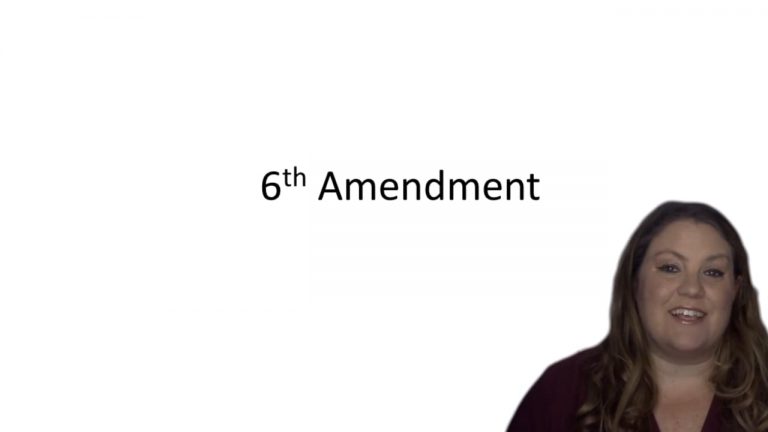SmartBrief
Confirm favorite deletion?
Criminal Procedure Keyed to Ohlin
Ring v. Arizona
Citation:
536 U.S. 583 (2002)Facts
At the trial of petitioner Timothy Ring for murder, armed robbery, and related charges, the prosecutor presented evidence sufficient to permit the jury to find the facts here recounted. On November 1994, a Wells Fargo armored van pulled up to the Dillard’s department store at Arrowhead Mall in Arizona. Courier Dave Moss left the van to pick up money inside the store. When he returned, the van and its driver, Magoch, were gone. Under Arizona law, Ring could not be sentenced to death unless further findings were made. The trial judge entered his special verdict sentencing Right to death. Because Ring was convicted of felony murder, not premeditated murder, the judge recognized that Ring was eligible for the death penalty only if he was Magoch’s actual killer or if he was a major participant in the armed robbery that led to the killing and exhibited a reckless disregard for human life. The judge eventually sentenced petitioner to death.
Only StudyBuddy Pro offers the complete Case Brief Anatomy*
Access the most important case brief elements for optimal case understanding.
*Case Brief Anatomy includes: Brief Prologue, Complete Case Brief, Brief Epilogue
- The Brief Prologue provides necessary case brief introductory information and includes:
Topic:
Identifies the topic of law and where this case fits within your course outline.Parties:
Identifies the cast of characters involved in the case.Procedural Posture & History:
Shares the case history with how lower courts have ruled on the matter.Case Key Terms, Acts, Doctrines, etc.:
A case specific Legal Term Dictionary.Case Doctrines, Acts, Statutes, Amendments and Treatises:
Identifies and Defines Legal Authority used in this case.
- The Case Brief is the complete case summarized and authored in the traditional Law School I.R.A.C. format. The Pro case brief includes:
Brief Facts:
A Synopsis of the Facts of the case.Rule of Law:
Identifies the Legal Principle the Court used in deciding the case.Facts:
What are the factual circumstances that gave rise to the civil or criminal case? What is the relationship of the Parties that are involved in the case.Issue(s):
Lists the Questions of Law that are raised by the Facts of the case.Holding:
Shares the Court's answer to the legal questions raised in the issue.Concurring / Dissenting Opinions:
Includes valuable concurring or dissenting opinions and their key points.Reasoning and Analysis:
Identifies the chain of argument(s) which led the judges to rule as they did.
- The Brief Prologue closes the case brief with important forward-looking discussion and includes:
Policy:
Identifies the Policy if any that has been established by the case.Court Direction:
Shares where the Court went from here for this case.

 4m 2s
4m 2s